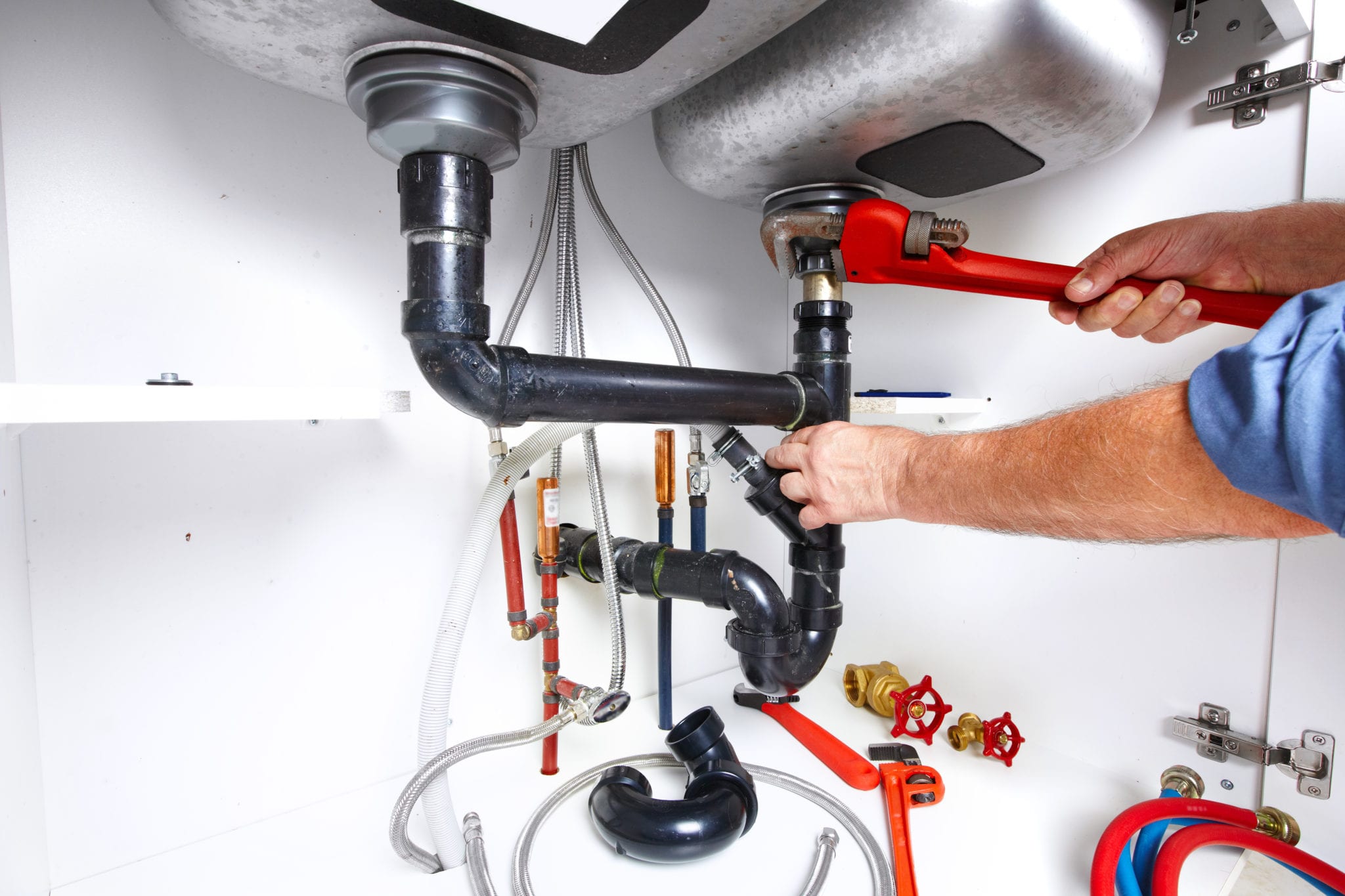6 Ways to Find Concealed Water Leakages in Your Residence
6 Ways to Find Concealed Water Leakages in Your Residence
Blog Article
Just about everyone maintains their own individual thinking when it comes to Hacks to detect leaks.

Early detection of leaking water lines can alleviate a potential calamity. Some tiny water leakages may not be noticeable.
1. Examine the Water Meter
Every residence has a water meter. Checking it is a guaranteed manner in which assists you find leaks. For beginners, shut off all the water sources. Ensure no one will certainly purge, use the tap, shower, run the cleaning device or dishwasher. From there, go to the meter as well as watch if it will certainly transform. Given that nobody is utilizing it, there should be no movements. If it moves, that indicates a fast-moving leakage. Likewise, if you discover no changes, wait a hr or 2 and also check back again. This suggests you may have a slow-moving leakage that might even be underground.
2. Inspect Water Intake
If you find sudden modifications, despite your intake being the same, it implies that you have leaks in your plumbing system. An unexpected spike in your costs suggests a fast-moving leak.
On the other hand, a stable increase on a monthly basis, despite the very same habits, reveals you have a sluggish leakage that's also gradually escalating. Call a plumber to thoroughly examine your residential property, specifically if you really feel a warm area on your flooring with piping underneath.
3. Do a Food Coloring Examination
When it comes to water usage, 30% comes from commodes. If the color somehow infiltrates your bowl throughout that time without flushing, there's a leakage in between the tank and dish.
4. Asses Exterior Lines
Don't neglect to inspect your outside water lines too. Should water leak out of the connection, you have a loose rubber gasket. One little leak can squander heaps of water as well as increase your water bill.
5. Analyze the circumstance and check
Homeowners ought to make it a behavior to check under the sink counters and also also inside cupboards for any kind of bad odor or mold and mildew growth. These two red flags indicate a leakage so timely focus is required. Doing regular assessments, also bi-annually, can conserve you from a major trouble.
Much more significantly, if you understand your house is currently old, keep a watchful eye on your heaters, pipes, pipelines and so on. Check for discolorations as well as compromising as a lot of pipes and home appliances have a life expectancy. They will also naturally weaken due to tear as well as wear. If you believe dripping water lines in your plumbing system, do not wait on it to intensify. Call a professional plumber right now so you do not wind up with a dreadful mess in your house.
Early detection of leaking water lines can alleviate a potential calamity. Some small water leakages may not be visible. Examining it is a proven method that helps you uncover leaks. One little leak can lose heaps of water and also increase your water costs.
If you suspect dripping water lines in your plumbing system, don't wait for it to escalate.
WARNING SIGNS OF WATER LEAKAGE BEHIND THE WALL
PERSISTENT MUSTY ODORS
As water slowly drips from a leaky pipe inside the wall, flooring and sheetrock stay damp and develop an odor similar to wet cardboard. It generates a musty smell that can help you find hidden leaks.
MOLD IN UNUSUAL AREAS
Mold usually grows in wet areas like kitchens, baths and laundry rooms. If you spot the stuff on walls or baseboards in other rooms of the house, it’s a good indicator of undetected water leaks.
STAINS THAT GROW
When mold thrives around a leaky pipe, it sometimes takes hold on the inside surface of the affected wall. A growing stain on otherwise clean sheetrock is often your sign of a hidden plumbing problem.
PEELING OR BUBBLING WALLPAPER / PAINT
This clue is easy to miss in rooms that don’t get much use. When you see wallpaper separating along seams or paint bubbling or flaking off the wall, blame sheetrock that stays wet because of an undetected leak.
BUCKLED CEILINGS AND STAINED FLOORS
If ceilings or floors in bathrooms, kitchens or laundry areas develop structural problems, don’t rule out constant damp inside the walls. Wet sheetrock can affect adjacent framing, flooring and ceilings.
https://www.servicemasterbyzaba.com/blog/how-to-detect-water-leakage-in-walls/

I recently found that blog posting about Top leak detection hacks while doing a lookup on the internet. Sharing is nice. You never know, you could be doing someone a favor. Thanks a lot for taking the time to read it.
Report this page